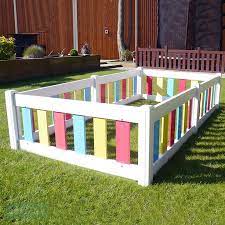There are many opinions about the Bulgarian split squat. The reality is that for many specialists it is a better exercise than the barbell back squat and if incorporated into your plan wisely, it can help improve the development of your legs while reducing the risk of injury and muscular imbalances.
Add weights or straps and you will multiply your benefits. Great advice if you are over 40 and want to go to another level.
The Bulgarian squat is a highly effective exercise for the
lower body which is performed with a single leg that focuses on the quadriceps, hamstrings and glutes. You balance on one foot, with your back foot on a bench or box while your back remains more or less straight throughout the movement. You typically hold dumbbells to add weight instead of using a barbell, and there are also several variations you can do to find new kicks.
Ways to improve at the Bulgarian squat: more weight and straps
It doesn’t matter how good your technique is because eventually
you will reach plateaus in compound exercises. But there are several strategies that will help you regain your love for the Bulgarian squats when you feel bored with them and need new challenges to reactivate your training routine, and even more so after the age of 40, when you run the risk of stagnating and/or getting bored. .
There’s a
endless debate about the ideal rep range to build muscle, but there’s little argument that lifting heavier is better for building strength. If you’re doing most of your bulgar squats with lighter weights, the 12-15 rep range, for example, will benefit greatly when moving on to a heavier lift.

One of the main reasons people get stuck in their progression in the Bulgarian split squat is
grip weakness. This not only makes the dumbbells more difficult to hold, but the entire exercise feels significantly more difficult. So if you don’t make sure your grip stays level with your legs, your Bulgarian squats will stall.
The Bulgarian squat demands a lot from your hands. Working on improving your grip strength helps, but if you’re pushing for progressive overload, as you should, your grip probably won’t be able to keep up. At some point you will probably need
move to dumbbells heavier than you can grip. This is where straps come in because they allow you to safely hold more weight than you actually can without help.
Other tips that will help you
Believe it or not, the wrong shoes can make the Bulgarian squat significantly more difficult. A
good weight lifting shoe provides a stable surface to help you balance and support heavy loads. This is particularly important with exercises like the deadlift or squat.

It should fit your feet perfectly and leave no room for maneuver. You don’t want your feet moving around in your shoes while you work out. You’ll get good traction so
your feet do not slip or move during a lift. Do not underestimate it: good shoes can help improve your performance in the gym and also reduce the risk of injury.
On the other hand, many people cannot do the Bulgarian split squat with proper technique because
lack flexibility and mobility. The most common problems here are tight hip and hamstring muscles, which make it difficult to move through the full range of motion without rounding your back or leaning forward. But you can do a series of simple exercises to help overcome this and make all of your squats, lunges, and deadlifts more comfortable and effective.
You should not come to what is known as
“muscle failure”, that point where you can no longer keep the weight moving and you have to finish the set. You should bring most of your sets to near failure (one or two fewer reps), but you should never reach absolute failure.
Learn to
listen to your body and the signals it emits. Never get to that point where you can’t anymore. They must be demanding exercises, but never strenuous. If you see that it is too difficult for you to finish your workouts, stop and rest for 3 to 4 minutes between each series.




